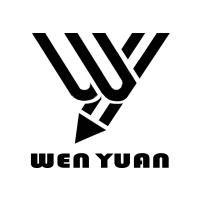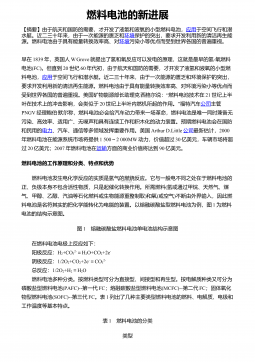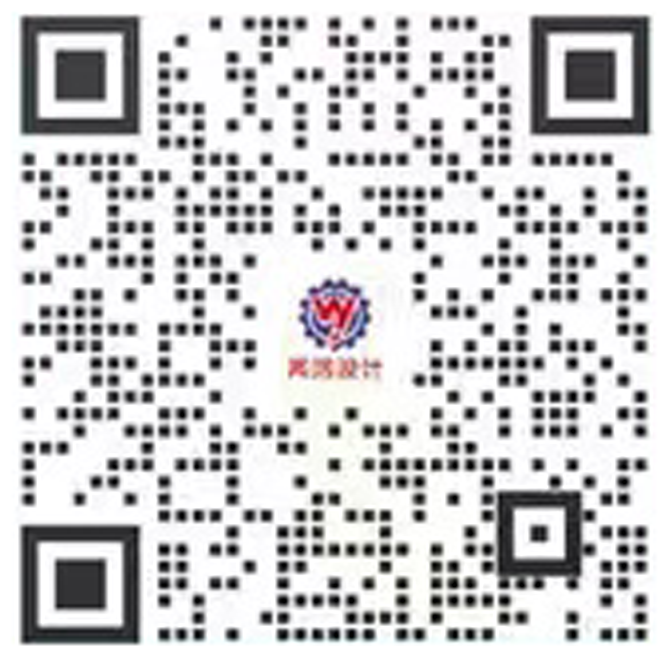电力机车简介--文献翻译
标签: #翻译
IntroductiontoLocmotiveAlocomotiveisarailwayvehiclethatprovidesthemotivepowerforatrain,andhasnohydetachedfromtheirtrains,areknownaspowercars.Traditionally,locomotivehualtheirtrains.Increasinglycommonthesedaysinpassengerserviceispush-pulloperation,wherethelocomotivepushthetrainsinonedirectionandareco...
相关推荐
-
2024年党建工作要点工作计划5篇供参考
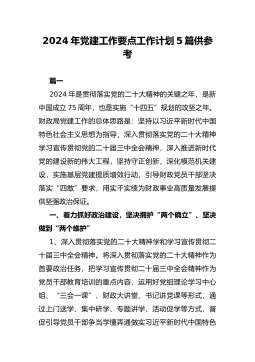
 2023-12-16 999+
2023-12-16 999+ -
2025年专题生活会对照带头严守政治纪律和政治规矩,维护党的团结统一等“四个带头方面”个人对照检查发言材料4110字文稿
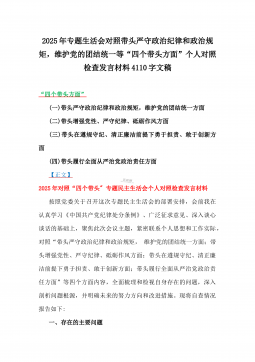
 2024-12-21 999+
2024-12-21 999+ -
2025年医保局局长、科技局领导干部专题“四个带头”方面对照检查材料2篇例文(附:反面典型案例剖析情况)

 2025-02-09 333
2025-02-09 333 -
2025年国有企业党委书记、市总工会党组书记民主生活会“四个带头”方面对照个人检查发言材料2篇文(附:典型案例、上年度整改+个人情况)

 2025-02-09 387
2025-02-09 387 -
2025年市委组织部部长、教育局党委书记生活会“四个带头”个人对照检查发言材料2篇文(典型案例+个人事项)

 2025-02-09 451
2025-02-09 451 -
2025年市财政局党组书记、局长、市检察院党组领导班子对照“四个带头”方面生活会个人对照检视发言材料2篇文(含以案为鉴反思、以案促改促治方面)

 2025-02-09 327
2025-02-09 327 -
市检察院党组、市财政局领导班子2025年生活会对照“四个带头”方面检视发言材料2份文【含以违纪行为为典型案例剖析】

 2025-02-09 313
2025-02-09 313 -
2025年市财政局领导对照“四个带头”生活会检视发言材料2篇例文【含以违纪行为为典型案例剖析】

 2025-02-09 445
2025-02-09 445 -
单位领导班子2025年聚焦“四个带头”生活会对照检查材料2篇文(含:典型案例剖析反思、落实意识形态责任制)

 2025-02-09 578
2025-02-09 578 -
2025年镇党委副书记、市科学技术局领导班子生活会对照“四个带头”检视材料2篇文【含违纪行为典型案例分析】

 2025-02-09 194
2025-02-09 194
相关内容
-
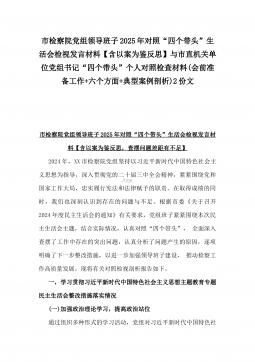
市检察院党组领导班子2025年对照“四个带头”生活会检视发言材料【含以案为鉴反思】与市直机关单位党组书记“四个带头”个人对照检查材料(会前准备工作+六个方面+典型案例剖析)2份文
分类:其它行业资料
时间:2025-03-05
标签:无
格式:DOCX
价格:17 光币
-
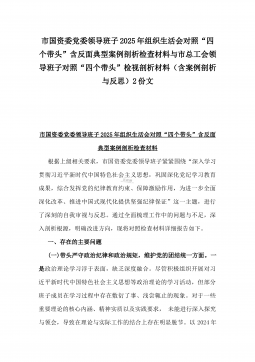
市国资委党委领导班子2025年组织生活会对照“四个带头”含反面典型案例剖析检查材料与市总工会领导班子对照“四个带头”检视剖析材料(含案例剖析与反思)2份文
分类:其它行业资料
时间:2025-03-05
标签:无
格式:DOCX
价格:17 光币
-
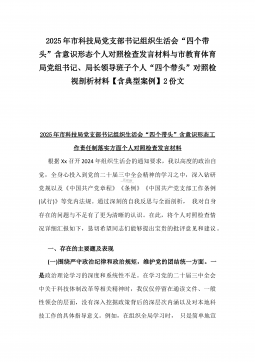
2025年市科技局党支部书记组织生活会“四个带头”含意识形态个人对照检查发言材料与市教育体育局党组书记、局长领导班子个人“四个带头”对照检视剖析材料【含典型案例】2份文
分类:其它行业资料
时间:2025-03-05
标签:无
格式:DOCX
价格:17 光币
-
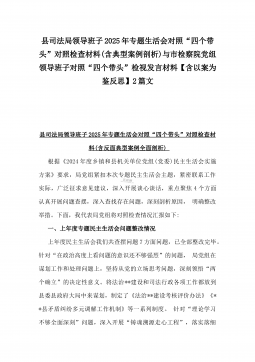
县司法局领导班子2025年专题生活会对照“四个带头”对照检查材料(含典型案例剖析)与市检察院党组领导班子对照“四个带头”检视发言材料【含以案为鉴反思】2篇文
分类:其它行业资料
时间:2025-03-05
标签:无
格式:DOCX
价格:17 光币
-
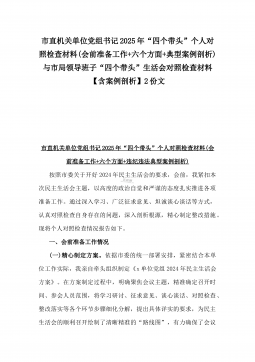
市直机关单位党组书记2025年“四个带头”个人对照检查材料(会前准备工作+六个方面+典型案例剖析)与市局领导班子“四个带头”生活会对照检查材料【含案例剖析】2份文
分类:其它行业资料
时间:2025-03-05
标签:无
格式:DOCX
价格:17 光币



